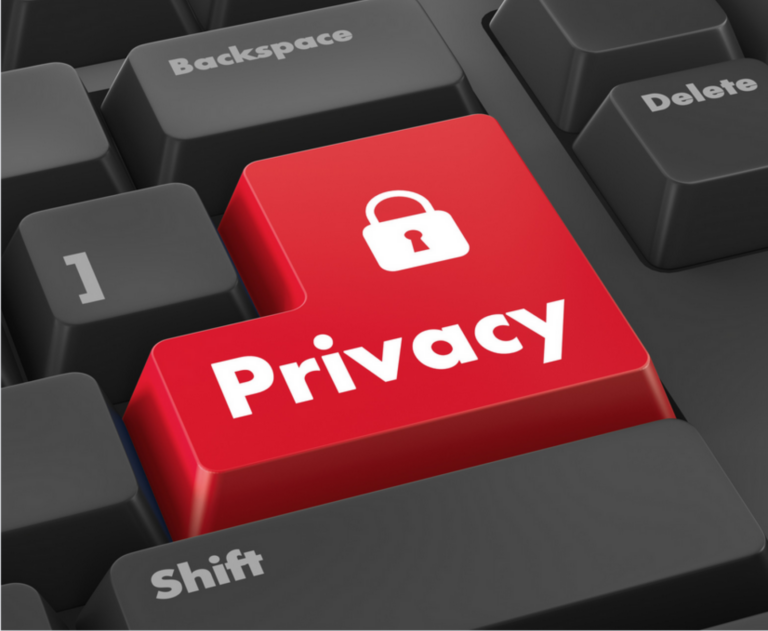In today’s digital landscape, safeguarding sensitive workplace information is more critical than ever. Data privacy breaches have become a significant concern for Australian businesses, with serious consequences for both organisations and employees.
A 2023 report by the Office of the Australian Information Commissioner (OAIC) highlighted a 7% increase in data breaches over the past year, with more than 500 incidents reported. These breaches often result in financial losses, reputational harm, and potential legal penalties.
According to the Australian Community Attitudes to Privacy survey, 90% of Australians recognise the importance of protecting personal data, while 62% see it as a significant concern. However, only 32% feel in control of their personal information, and 50% feel they have little choice in how services use their data.
To address these challenges, businesses need to adopt comprehensive data security strategies which can include, implementing advanced security measures, providing staff with regular privacy training, and conducting periodic audits to ensure compliance with the latest privacy laws and standards.
By fostering a culture of privacy awareness and prioritising the safeguarding of sensitive information, businesses can build trust with their customers and create a safer workplace environment.
Below, we’ve outlined some effective strategies for mitigating the risks of data breaches and enhancing the security of your organisation’s most valuable information.
Physical Security
Physical security measures are essential to ensure the confidentiality and integrity of sensitive information within any workspace. While digital security is often a focus, securing physical documents and materials is equally crucial in maintaining overall data privacy.
Workplaces can implement secure storage solutions such as lockable filing cabinets, safes, and document shredders. Lockable filing cabinets provide a secure barrier against unauthorised access to confidential records, while safes offer enhanced protection for high-risk materials like financial records, legal documents, or proprietary data.
Another key element of physical security is ensuring the proper disposal of sensitive materials. Document shredders should be made available to employees to destroy sensitive documents that are no longer needed.
Fostering a culture of physical security awareness among employees can significantly reduce the risk of both accidental and intentional breaches, reinforcing the organisation’s commitment to safeguarding data privacy.
Privacy Screens
Privacy screens are essential tools for businesses looking to secure their data. Privacy screens are designed to protect information displayed on devices by blocking unauthorised side views, making them particularly effective in public spaces, open office settings, or environments where employees work in close proximity.
Privacy screens narrow the viewing angle to +/- 30°, ensuring that only the person directly in front of the device can view its content. Anti-theft screens can be applied to laptops, desktop monitors, and mobile devices, offering employees greater security and peace of mind while preventing data theft in shared workspaces.
Security Wallet
Using a security wallet is a practical way to reduce the risk of data breaches and protect critical physical information. For businesses, securely storing documents is crucial, and the security wallet offers a discreet and dependable solution for storing and transporting sensitive paperwork. Its unique camouflage pattern conceals document text, while still allowing larger titles to remain visible for easy identification.
The security wallet features a secure fold-over flap with a press-stud closure, ensuring that documents stay safe whether in transit, during meetings, or in long-term storage.
Secure Data with Encryption
Another often-overlooked aspect of data privacy is securing the devices used within the workplace. This includes ensuring all devices, such as laptops, tablets, and smartphones, are encrypted and equipped with remote wipe capabilities. Encryption ensures that even if sensitive information is intercepted or accessed by unauthorised individuals, it remains unreadable without the appropriate decryption key.
There are two main types of encryption businesses should use:
- Disk Encryption: This type of encryption secures the entire hard drive of a device, encrypting all stored data. Even if the device is lost or stolen, hackers will find it difficult to access the sensitive information.
- End-to-End Encryption: This encryption protects data during transmission, ensuring that any information exchanged over the internet or between devices is encrypted from the sender to the recipient. This prevents unauthorised interception or tampering with data in transit.
Multi-Factor Authentication (MFA) and Single Sign-On (SSO)
Multi-Factor Authentication (MFA) and Single Sign-On (SSO) are critical components of an effective security strategy to safeguard sensitive data and streamline the user experience for both employees and customers.
- Multi-Factor Authentication (MFA) enhances security by requiring users to verify their identity through multiple methods, such as mobile authentication apps, biometric scans, or hardware tokens. This added layer of protection makes it significantly more challenging for attackers to breach accounts. MFA effectively blocks over 99.9% of account compromise attempts, safeguarding against a variety of cyber threats, including credential stuffing, phishing, and other malicious intrusions.
- Single Sign-On (SSO), simplifies the user experience by allowing users to access multiple applications and systems with a single set of credentials. This streamlines workflows, reduces password fatigue, and boosts productivity. The 2020 State of Password and Authentication Security Behaviors survey by the Ponemon Institute shows that employees spend an average of eight days annually managing passwords, highlighting the significant time savings that SSO can deliver. Additionally, SSO reduces the number of passwords users need to remember, minimising the risk of password reuse and reducing potential vulnerabilities for cyberattacks.
Secure USB Drives and External Storage
Encrypted USB drives provide a crucial layer of protection for sensitive data, ensuring that even if the drive is lost or stolen, the information stays secure. The data stored on these drives is converted into an unreadable format through encryption, which can only be accessed with the correct decryption key.
External hard drives with built-in encryption and password protection provide robust security for larger amounts of data. These drives automatically encrypt all stored data, blocking unauthorised access unless the correct credentials are provided. Devices like Kingston IronKey are designed with these features, making them ideal for securely transferring or backing up confidential information.
Regular Employee Training and Awareness
Ongoing employee training and awareness are essential to maintaining a secure environment and preventing data privacy breaches. By conducting regular training sessions and sharing educational resources like PDFs and presentations, employees can better understand the importance of safeguarding sensitive information and the serious consequences of data breaches, including legal repercussions and damage to trust.
Training should focus on key areas, such as identifying phishing attempts, ensuring password security, safe data handling practices, and knowing how to report suspicious activities. Update training materials regularly to ensure employees stay informed about evolving security threats and the latest best practices.
A culture of security awareness and vigilance plays a vital role in minimising breach risks and strengthening the organisation’s ability to respond swiftly to potential incidents.

